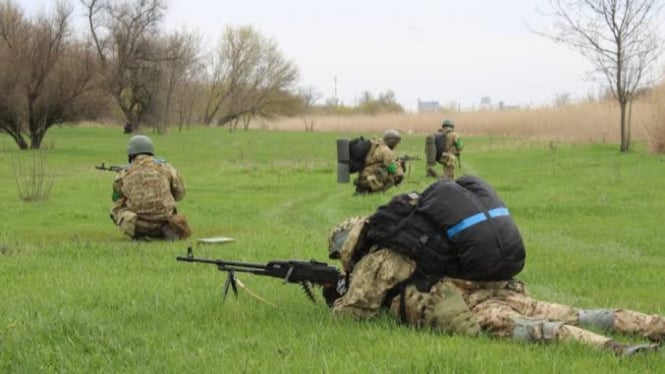Town pastor Jakob Günter was involved in social work before the term even existed. With 28 years of service from 1844 to 1872, he is the longest-serving city pastor in 200 years. In 1869 the inhabitants of Lohr made him an honorary citizen. Local historian Gerd Walter reported on his life and work Tuesday in the old gymnasium.
Approximately 25 people attended the joint event organized by the Adult Education Center (VHS) and the History and Museums Association (GMV). It has become a tradition for the semester-long conference season to begin and end with a GMV event, VHS director Susanne Duckstein said. Pastor Günter belongs to the “unknown acquaintances”, one has already heard of him, but it is not known exactly what they did.
According to Walter, Lohr has had 14 pastors over the past 200 years, only two of whom left Lohr before retirement or death. “The people of Lohr must have been very nice.” Reasons for the conference are the 150th anniversary of Günter’s death and the 200th anniversary of his priestly ordination.
Church documents burned
There is no longer a personal church file on the city pastor, it was burned down during the bombing raid on Würzburg in 1945. Walter found what he was looking for in the Würzburg state archives in the archives of the Lower Franconian government. Moreover, according to the Concordat of 1818 between the Kingdom of Bavaria and the Holy See, the king and not the bishop had the right to appoint the clergy.
Günter, born in Zellingen in 1799, had to apply to the state for the Lohr pastorate post advertised in 1844 after being ordained a priest in 1822, three chaplaincies and two pastoral positions in Massenbuch and Rieneck. The letter has been preserved. The priest justified the question with the “possibility of satisfying the living conditions” offered by the “small municipality of Lohr”, and with the “greater earnings of the parish”.
However, he does not want to use it for himself, but would then have “more funds to support charitable institutions and promote human well-being”. After taking office, the pastor showed that these were not just empty words. Many things happened in Lohr during his tenure: the old hospital was demolished in 1844 and replaced by a new building on the same site, the preparatory school (lower level of primary school teacher education) was built in 1867 and the new hospital was opened in 1870.
Franciscan women brought to Lohr
Günter brought the Dillinger Franciscan Sisters to Lohr for childcare and education, the first of which arrived in 1855. They opened a kindergarten, later called the “Children’s Detention Center”, and took charge of the education of girls, initially from 1st to 4th grade. Then the women’s convent was built at today’s bus station with middle and high schools.
Furthermore, the parish priest of the city called the Sisters of Niederbronn to take care of the sick in the hospital, who remained until 1866 and were replaced by the Sisters of the Redeemer of Würzburg. When he was 25 in Lohr, the grateful city made him an honorary citizen in 1869 for his services to church, community and school. On November 2, 1872, the parish priest of the city died in office. There were seven candidates for successor in the “well endowed parish of Lohr”.
According to Walter, what Jakob Günter did for school education and nursing had a lasting effect for 100 years. The Franciscan nuns only stopped running the school in the 1960s. According to GMV Vice President Josef Harth, Günter was an important man who did a lot for the young and the sick. The fact that he brought nurses to Lohr to look after the children, educate the girls and care for the sick cannot be rated highly enough. He also acquired the former inn “Rose”, which was gradually expanded into a convent which was closed in 1976 (now Bosch Rexroth).
One of the oldest photos
There is a photo of Pastor Günter which shows him in a long black robe. In an interview with our media company, Karl Anderlohr, longtime president of the History and Museum Association, revealed that this is one of the oldest photographs taken in Lohr. The creator was probably the company Schubert & Berning.


